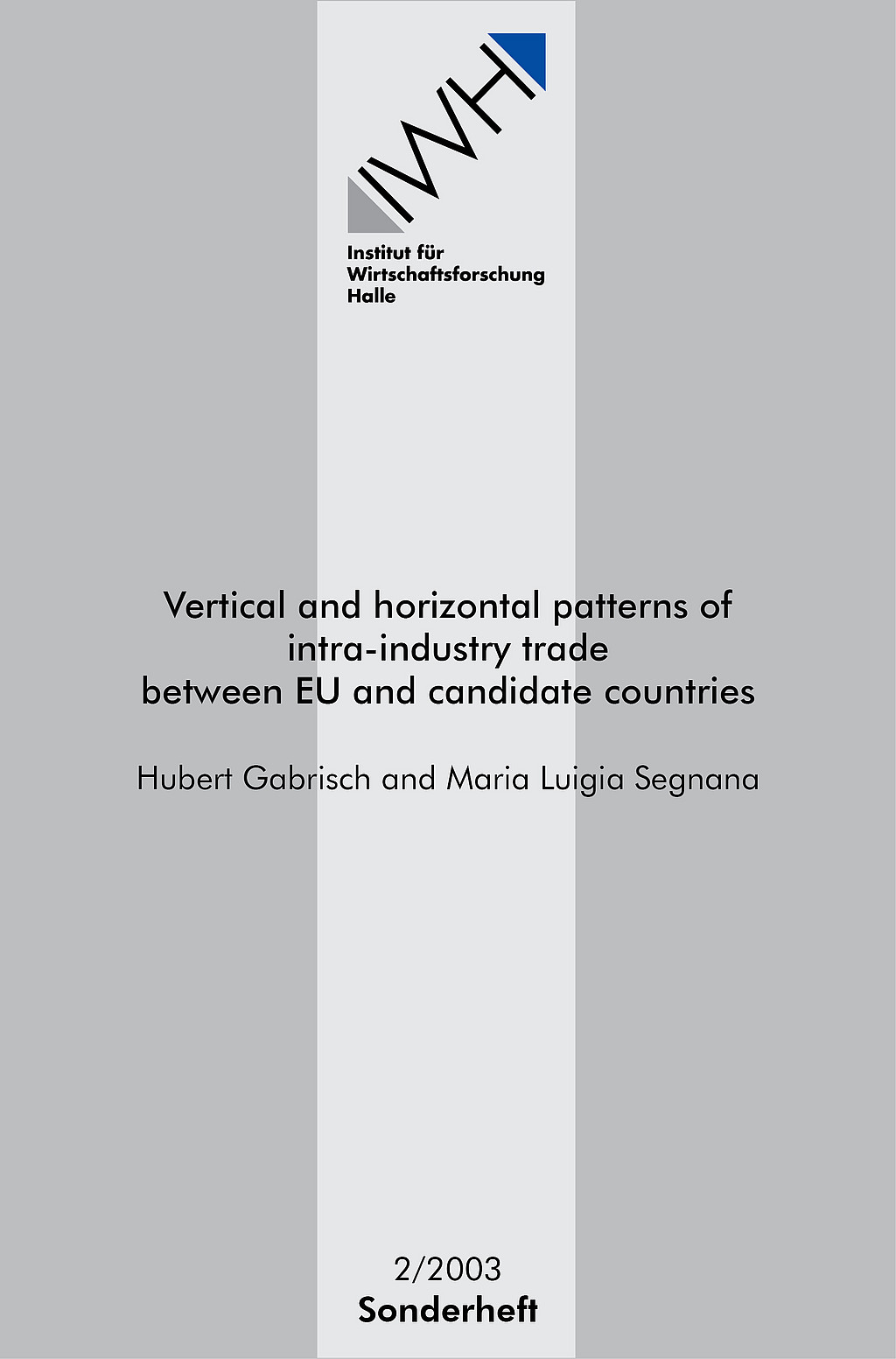
Vertical and horizontal patterns of intra-industry trade between EU and candidate countries
Trade between the European Union (EU) and the Transition Economies (TE) is increasingly characterised by intra-industry trade. The decomposition of intra-industry trade into horizontal and vertical shares reveals predominantly vertical structures with decisively more quality advantages for the EU and less quality advantages for TE countries whenever trade has been liberalised. Empirical research on factors determining this structure in a EU-TE framework lags behind theoretical and empirical research on horizontal and vertical trade in other regions of the world. The main objective of this paper is therefore to contribute to the ongoing debate on EU-TE trade structures by offering an explanation of vertical trade. We utilise a cross-country approach in which relative wage differences, country size and income distribution play a leading role. We find first that relative differences in wages (per capita income) and country size explain intraindustry trade when trade is vertical and completely liberalised, and second that crosscountry differences in income distribution play no explanatory role. We conclude that EU firms have been able to increase their product quality and to shift low-quality segments to TE countries. This may suggest a product-quality cycle prevalent in EU-TE trade.




